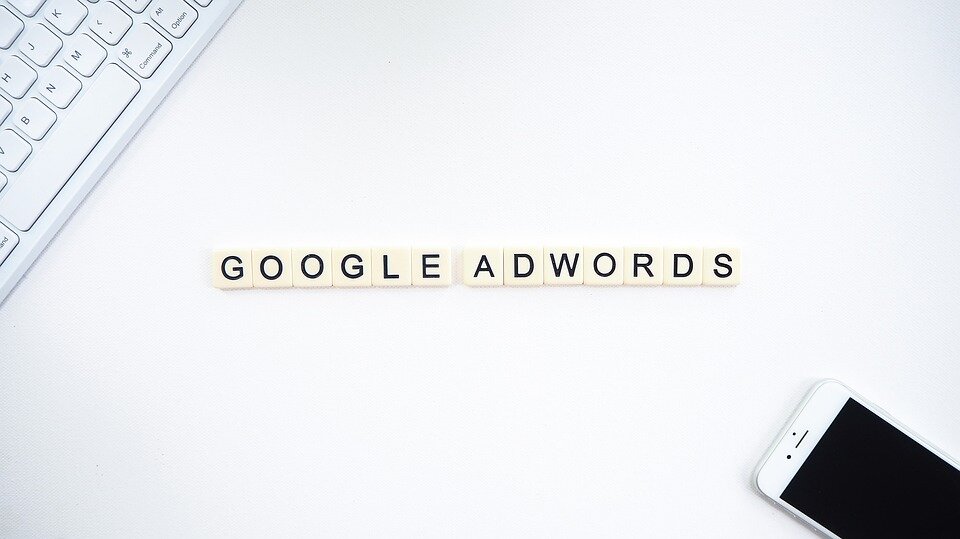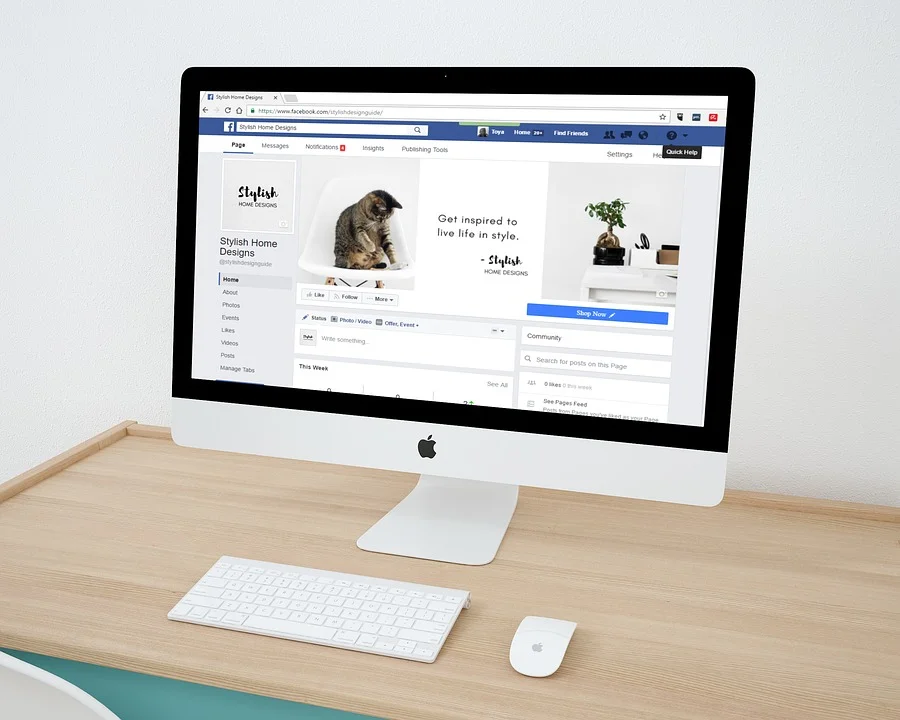Integrated Plans that Grow Audience's All Year Long
Never underestimate the power of the seasons; their impact on society and the significant role they play in our lives. The world looks forward to certain celebratory seasons and occasions because of their emotional and educational value. Seasonal marketing campaigns can be the most influential contributor to a brand's success, inspiring customers to return multiple times throughout the year due to a positive 'first contact' experience. Seasonal campaigns matter because they're relevant to the times we're living in now. Everything we know and do is subject to being shared; from minute-to-minute restaurant experiences to hashtags that can boost sales with a single word. Then there are the Instagram stories that carry with them the short yet powerful punch that can increase your bottom line simply by being in the right place at the right time. Seasonal marketing campaigns remind us that "timing is still everything."
Christmas in July: Using Familiar Concepts to Maximize Results
Every retailer and e-commerce site has the opportunity to make a lasting, profitable impression during a particular season. Some clichés, though overused, never go out of style. They're an integral part of certain strategies that remain tied to images, memories, and buying patterns. Marketers who successfully weave intellect, emotion, and spirituality into the fabric of their seasonal campaigns have a better chance of connecting to the customer on a personal level.
Seasonal Marketing Campaigns: How Early is Too Early?
It's all about strategy when choosing the right season to market your business. For example, you're in the pet food business and the Christmas season is right around the corner. Consumers who love spoiling their furry friends also buy them gifts. It's a great time of year to add pictures of pets wearing snowshoes or waiting on the porch for the next package delivery. It's easy and it makes sense to use real-life scenarios that people experience in their daily lives.
Even though a season is short, it provides countless opportunities to reach beyond your present customer. By providing your customers with the following services, you plant seeds that grow throughout the life of your business. Taking advantage of seasonal marketing strategies such as Christmas in July can entice shoppers to purchase items earlier than anticipated by simply making it worth their while.
· Shipping options: Allow customers a ship date they can lock in now
· Wishlist: The perfect way to give the perfect gift while referring new customers to your site
· Flash sales: A welcome, worthwhile surprise for existing customers
· Rewards: The word says it all; we know you and we thank you
· Huge discounts: Meaning what you say, and saying what you mean builds trust and creates brand loyalty
Know Your Seasons and Start Planning: Meet the Top 5
According to Internet Retailer's Peak Seasons Report
, there are five holiday and non-holiday seasons that account for more than $136.69 billion in online sales:
· Valentine's Day
· Mother's Day
· Back-to-School
· Halloween
· Christmas/Hanukkah
E-commerce sites base much of their seasonal marketing strategies on these top 5 occasions, knowing the success and expansion of their business may be dramatically influenced by seasonal shoppers. Marketing professionals who neglect including these occasions in their seasonal merchandising plans run the risk of missing optimal growth opportunities for the rest of the year.
According to Internet Retailer
, "These five holiday periods combined accounted for an Internet Retailer-estimated $806.31 billion in total retail sales from Halloween 2017 through back-to-school season 2018. This 17% is higher than e-commerce's usual share of total retail sales, which Internet Retailer estimates was 13% of total retail sales in 2017. The report can be a guide for merchants to maximize sales during these periods, as it reveals key shopper trend data, including conversion rates and traffic, for each holiday and explains the online selling nuances for each. For example, nearly 70% of online spend on Mother's Day occurs just one week before the holiday, while the back-to-school online shopping season lasts for more than two months."
Re-Vamping and Re-Cycling Seasonal Campaigns
Cost effective thinking is a useful strategy and it's a place where humor can really help. Once you commit to a specific advertising campaign, take another look. Can it be used during another time of the year? Does it include materials that are time-sensitive? Is there a way to add humor to re-market the product? Things to look for when the season is over:
· Did the campaign produce desired results?
· Were there any constructive criticisms or reviews on the product?
· Did the content inform adequately?
· Were the product listings easy to understand and navigate?
· Did we maximize our potential by using multiple content types and various distribution platforms?
· What message did we send to the world?
· Is there an emotional takeaway from this campaign that can be meaningful later on?
· Sticking to a Schedule
Time is of the essence when planning a seasonal campaign. This translates to meticulous timing and attention to detail. If you're printing promotional materials, allow time for corrections. If your plans include a winter car sale, make sure the video production is completed by then. Prepping for a season should immediately make you aware of the hundreds or thousands of other companies who are preparing as well. Everybody is going to be busy at the same time. You can turn this into an advantage by being prepared and ready to go at least two months before the holiday -- the sooner, the better.
These are the points that make the difference. And, they provide you with opportunities to sit with your marketing team and talk about them together. One new idea can transform your ad into a seasonal favorite, increasing brand awareness and giving you a positive brand image.
Seasonal marketing takes place now but, it lives in the future. We see it over and over again, the companies who produce relevant yet timeless campaigns become part of our lives. Appealing to humanity's heart is a seasonal campaign. Within its pictures, words, and music lies the power to make us laugh, cry, or both. Certainly, gifts to be used wisely.
5 Steps to Structuring an Effective Digital Marketing Plan
The following steps are an effective means of integrating a digital strategy into your business. They provide a foundation for every key online marketing activity that takes place. They integrate the essential multichannel marketing activities
of the customer's lifecycle and break them down into the following sections:
Planning
Implement a data-driven approach for reviewing the effectiveness of your current digital marketing campaign including:
· Customized analytics
· KPI dashboards
· SMART objectives
Reach
Build your brand identity and increase awareness using these online marketing techniques which drive consumers to visit your site:
· Personal branding
· Content marketing
· Search engine optimization (SEO)
· Conversion optimization
· Social media marketing
· Email marketing
Act
Encourage visitors to interact on your web or social media site to generate leads for the future
Convert
Your website's goal is to convert organic traffic
. Once a visitor arrives conversion occurs via personal interests:
· Answer questions
· Describe products and features
· Promote purchases through sales or special offers
Engage
Sales happen when businesses meet the needs of the consumer quickly and professionally. Repeat customers are those who are satisfied with the product and customer service. The best way to retain your customer's attention is with follow-up communication using:
· Email
· Social media marketing
· Call to action
We all love a company that can make us smile. We, as business people, get educated and gain perspective from analyzing our work before and after a holiday season so look forward to looking back. When we open our eyes and listen closely, the possibilities for prosperity become endless.
Real-Time Outsource operates 7 days a week providing proven social media and influencer strategies for the most recognized names online. We'd love to hear your comments, questions and, concerns. Please contact us
today for cost-effective campaigns, eye-catching content, and monitoring of your reputation online.
Source: https://www.smartinsights.com/digital-marketing-strategy/digital-strategy-development/10-reasons-for-digital-marketing-strategy/
Source: https://www.lifewire.com/what-are-smart-goals-2377425
Source: https://www.rightoninteractive.com/multi-channel-marketing/
Source: https://www.digitalcommerce360.com/2018/10/09/peak-seasons-the-five-largest-online-sales-holidays/
Source: https://blog.hubspot.com/marketing/seasonal-marketing-campaign-guide
Source: https://buzzfixer.com/seasonal-marketing-campaigns/
Source: https://blog.hubspot.com/marketing/best-advertisements
Source: https://muchneeded.com/mothers-day-statistics/
Source: https://www.martechadvisor.com/articles/ux-and-cro/4-conversion-opportunities-you-had-no-idea-you-were-missing-out-on/











